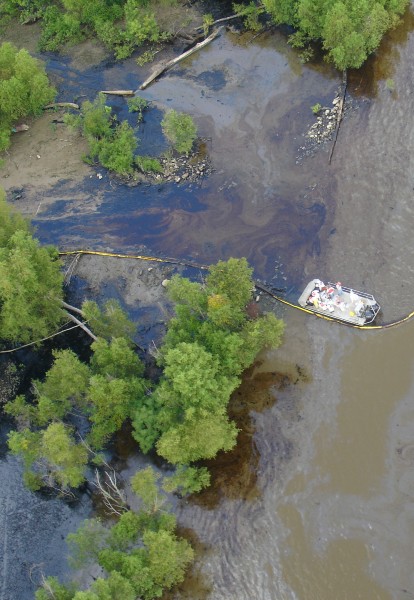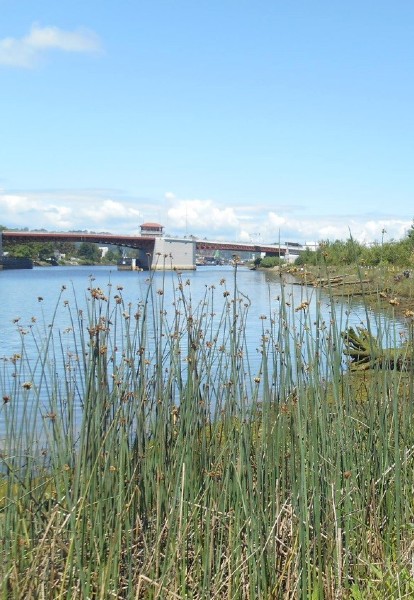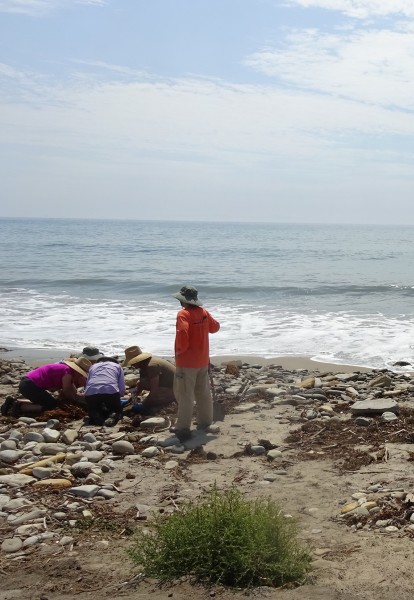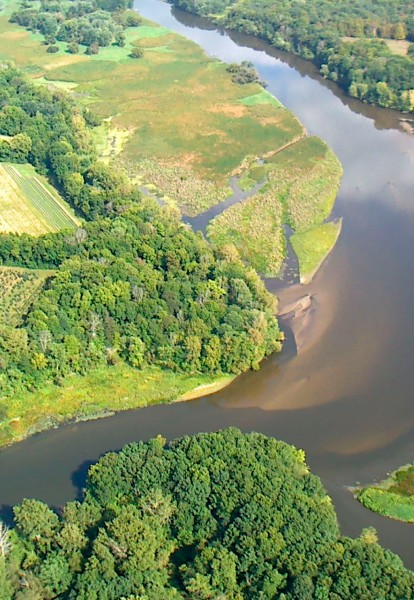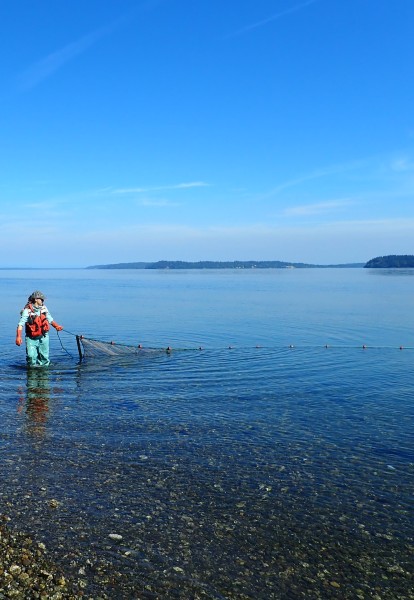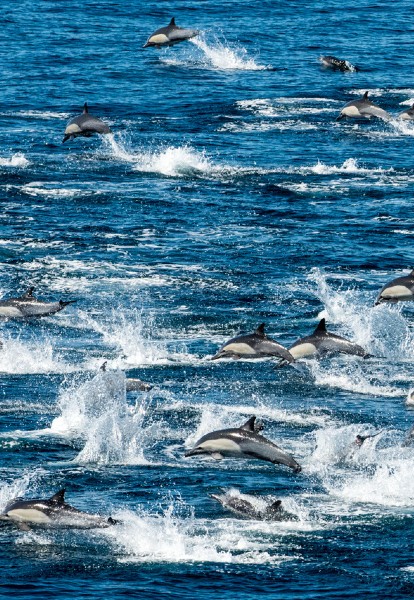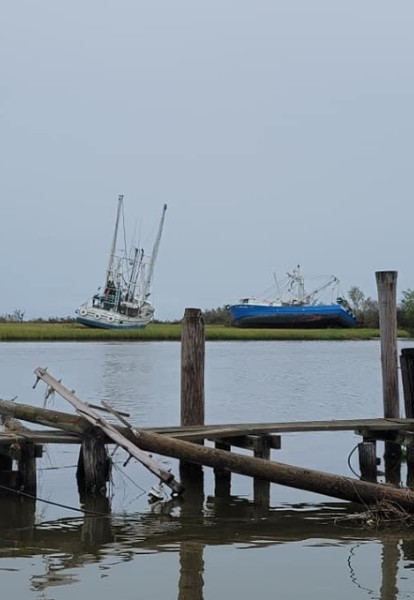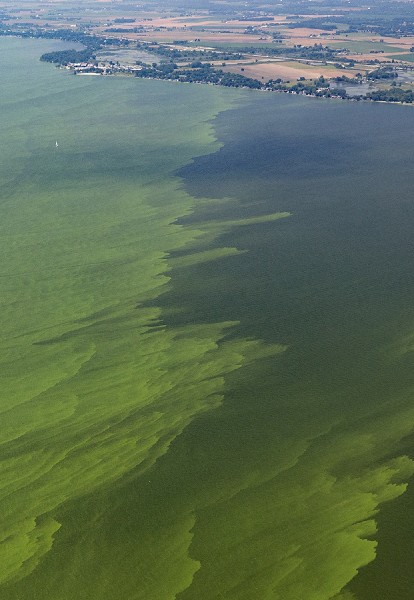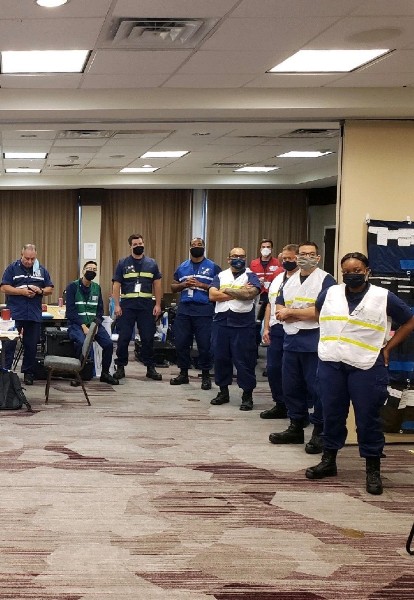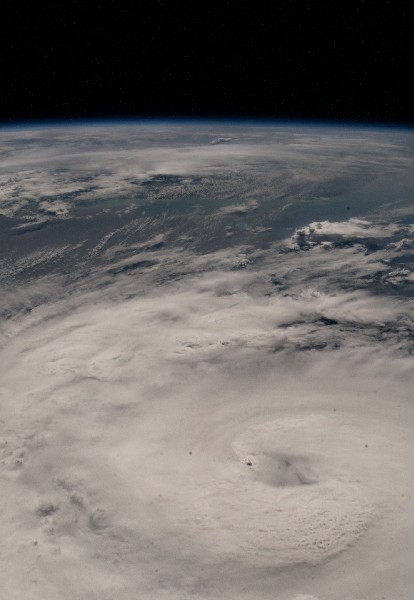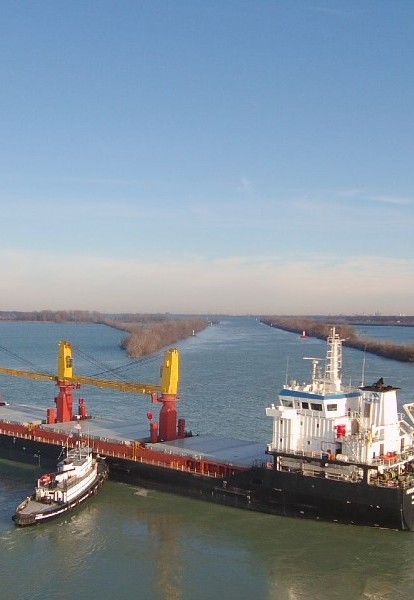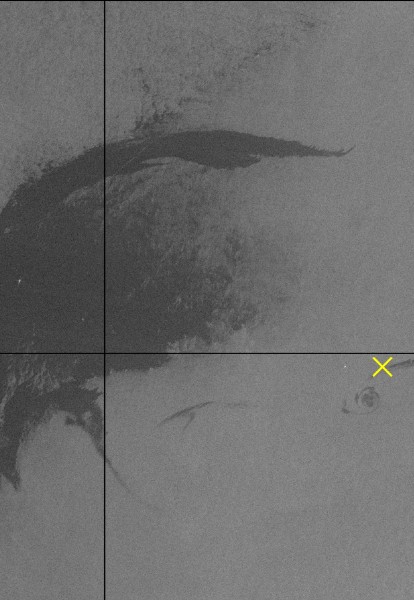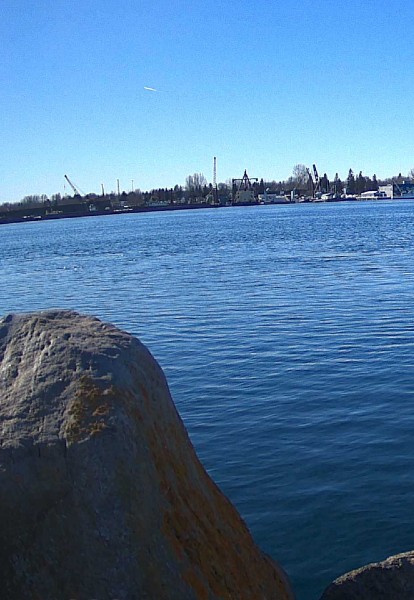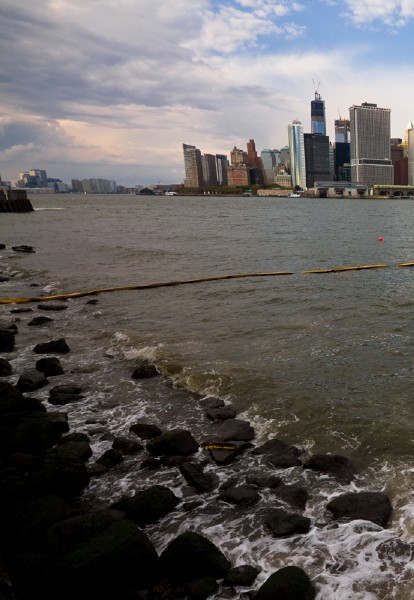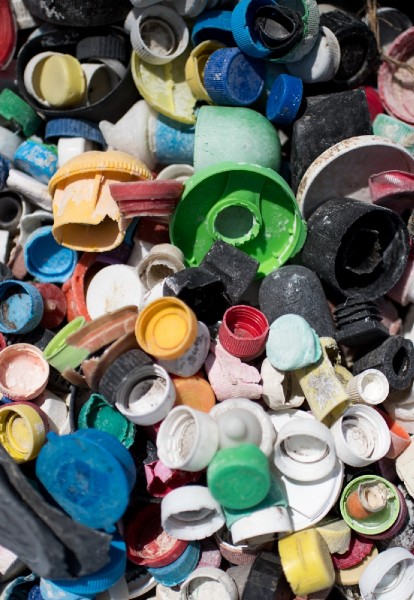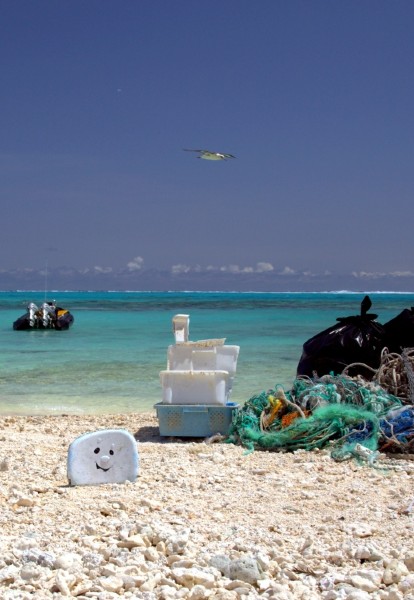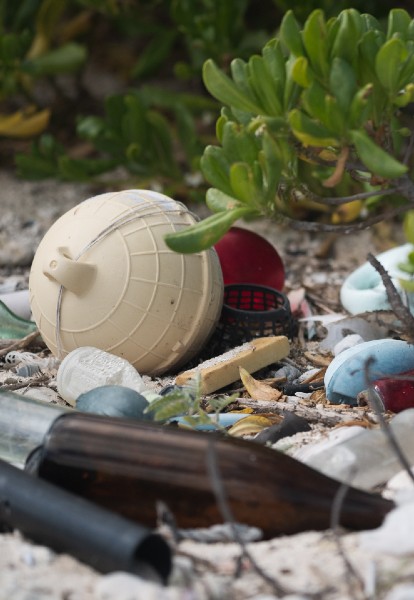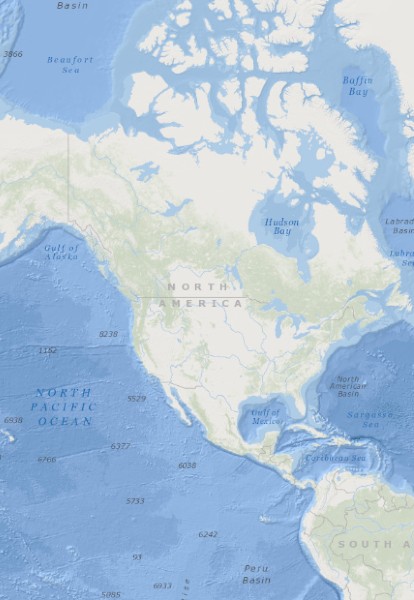Despite challenges posed by the COVID-19 pandemic, scientists safely conducted fieldwork at hazardous waste sites across the country.
In the Southeast, NOAA and the National Marine Mammal Foundation safely captured photo-ID surveys for dolphins at a hazardous waste site as part of a multi-year effort to better understand the population demographics of the resident bottlenose dolphin—surveying more than 1,300 miles both in February and May.
In the Pacific Northwest, scientists completed a four-week study on juvenile chinook salmon to test the relationship between contaminant concentrations in the tissues of fish and otolith (earbone) growth and polluted sediment. At the Lower Duwamish River Superfund site in Washington, researchers collected close to 700 juvenile flatfish to examine their growth rates.
In the Great Lakes region, invertebrate sampling at the U.S. Steel site allowed scientists to evaluate the impacts of contaminated sediments, collected from 18 locations, on two species. At the Lower Passaic River Superfund site in New Jersey, NOAA experts collected sediment samples and fish, specifically white perch, to analyze their overall health.
 An official website of the United States government. Here's how you know we're official.
An official website of the United States government. Here's how you know we're official.


